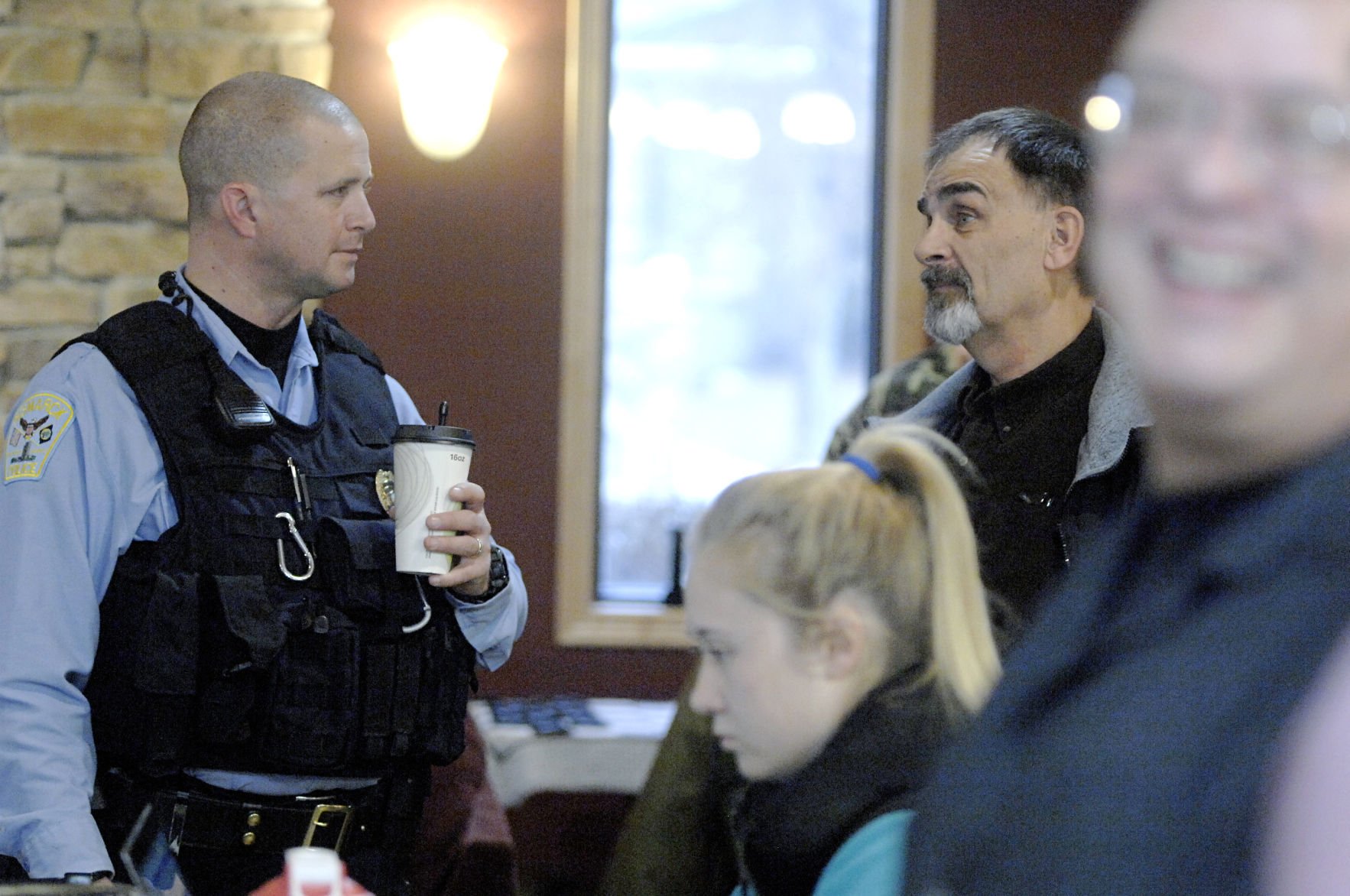

"Curatorial Things" in the Haus der Kulturen der Welt, Berlinġ4 - 15h Welcome and introduction: Bernd Scherer, Beatrice von Bismarck, Benjamin Meyer-Krahmerġ5 - 16h Victoria Walsh: Tracing the Agency of Curatorial Thingsġ6 - 17h Mario Schulze: A Short History of the Thing on Displayġ7:30 - 18:30h Sabeth Buchmann: Economics of Information on Displayġ8:30 - 19:30h Maria Lind: Exhibitionary Agents – Tensta Museum: Reports From New Swedenġ0 - 11h Anselm Franke: How to Step out of the Frame? Ontological Difference and Limits of Decolonization in Exhibitionsġ1 -12h Leire Vergara: Touching the Curatorial: On Collective Processes of Making Senseġ2:30 - 13:30h André Lepecki: Thing / Dance / Vagueness: Choreographic Challenges to Curatingġ5 - 16h Katharina Weinstock: Re-Arranging the World – Surrealist Object Practicesġ6 - 17h Kerstin Schankweiler: Contexts of Mobilized Things. From differing disciplinary, cultural, and institutional perspectives, it examines the power of influence that is attributed to objects as active participants in such constellations. It proceeds from the understanding that, essentially, curatorial practice means the production of constellations. The conference CURATORIAL THINGS pursues the implications, consequences, and potentialities that arise out of the interleaving of these aspects and their developments. Thirdly, by taking on an active role in such situations, these things ultimately attain the status of agents. Secondly, the material, static thing that is exhibited as a work of art and a cultural object is accompanied by elements of a curatorial situation that in their materiality, manifestation, and meaning are ephemeral, movable, and incomplete. Nor does it hold validity for the curatorial practices of other disciplines, such as theater, dance, or film.


This notion cannot be declared generally valid for non-Western exhibiting practices and institutions. Three important aspects of the current curatorial discourse overlap and mutually engage one another in this context:įirstly, the “vessel function,” by which objects in Western culture came to be repositories of meaning and thus a core constituent of the conception of museums. The question of what can become a “thing” in exhibitions, and when, how, and with what potentialities, stands at the center of this debate. Fundamental questions are arising as to the relationship between the various elements of a presentation situation, including not only objects traditionally designated as exhibition pieces, but also display objects, exhibition spaces, discourses, and the various people involved.

Traditional ideas about how things acquire importance as exhibition objects are beginning to break down and be reformulated. The way in which things are presented plays a decisive part in, and at the same time is strongly influenced by, this development. The status and significance of objects has changed since the beginning of the 21st century, affected by the course of globalization, the digitization of all areas of life, and the appreciation in value of immaterial work vis-à-vis the production of goods.


 0 kommentar(er)
0 kommentar(er)
